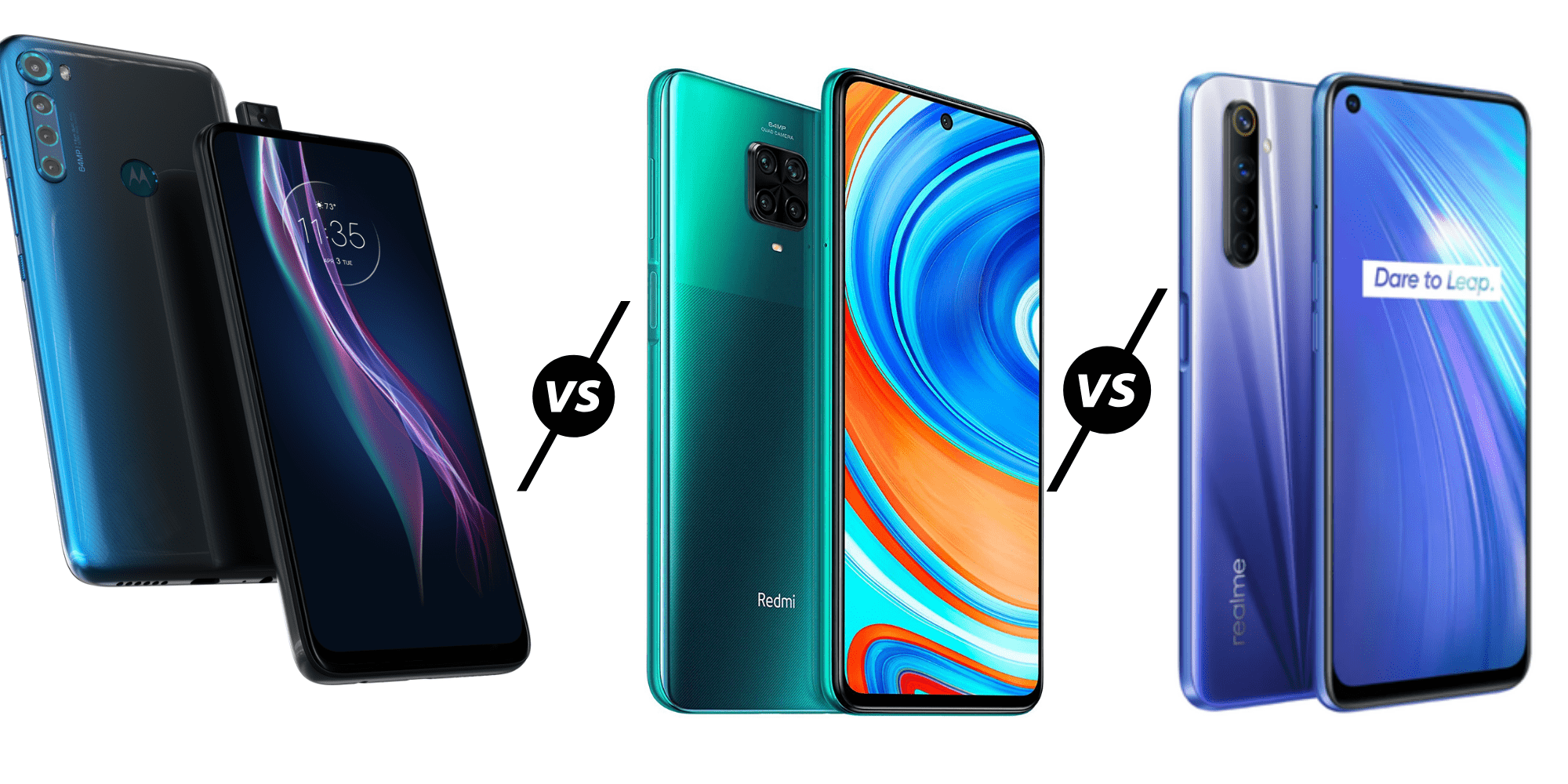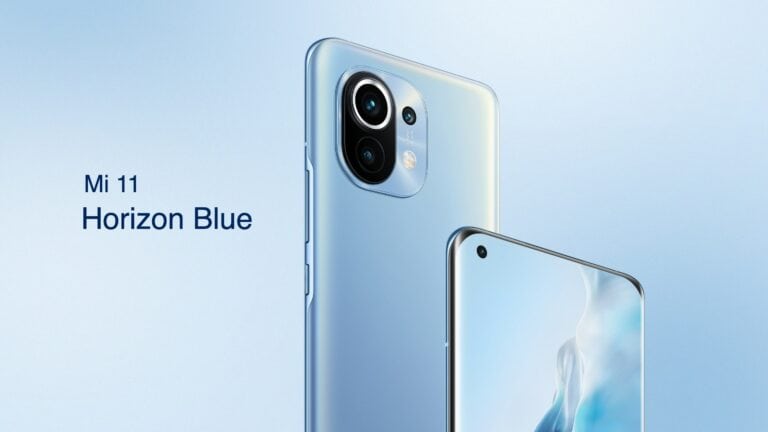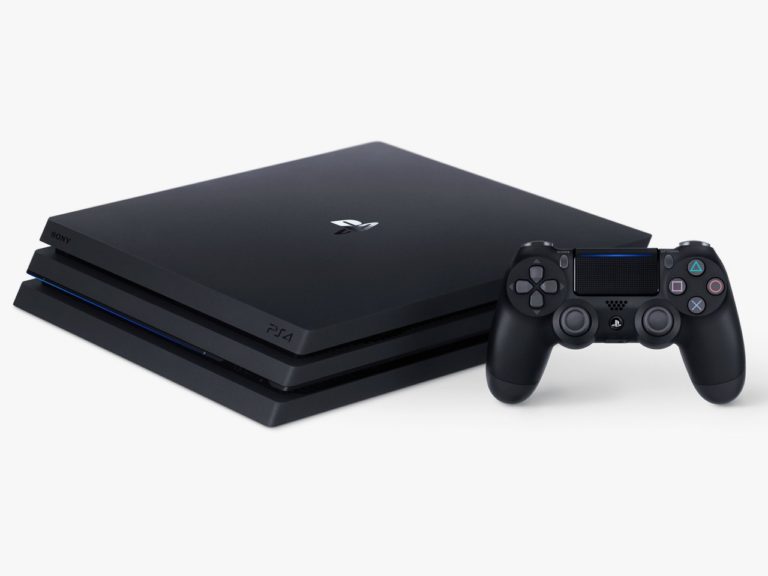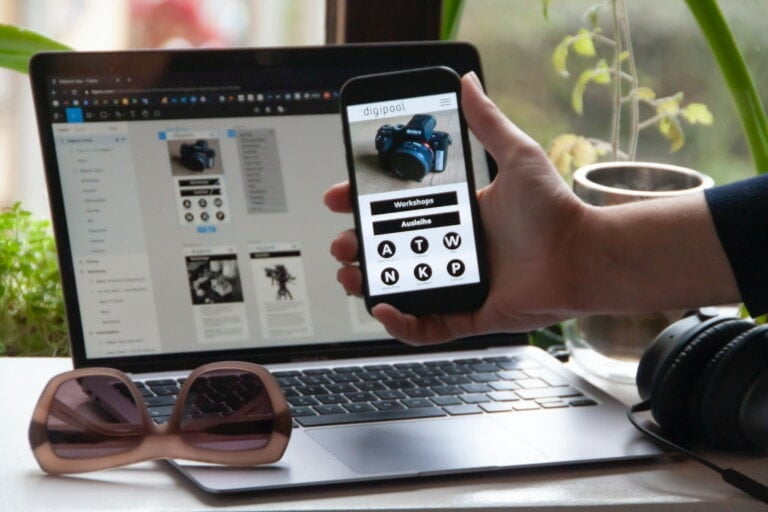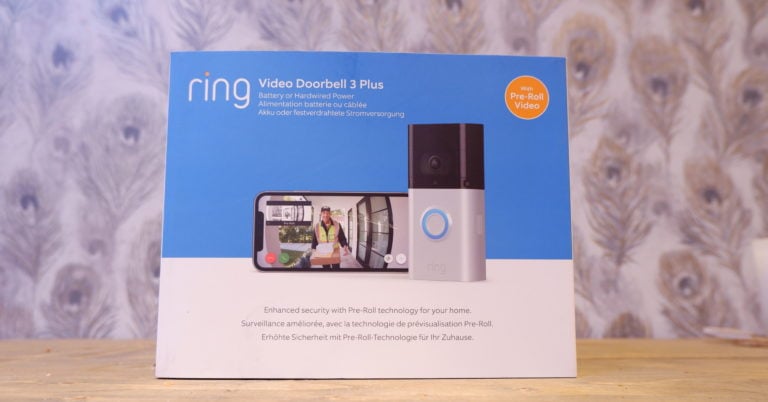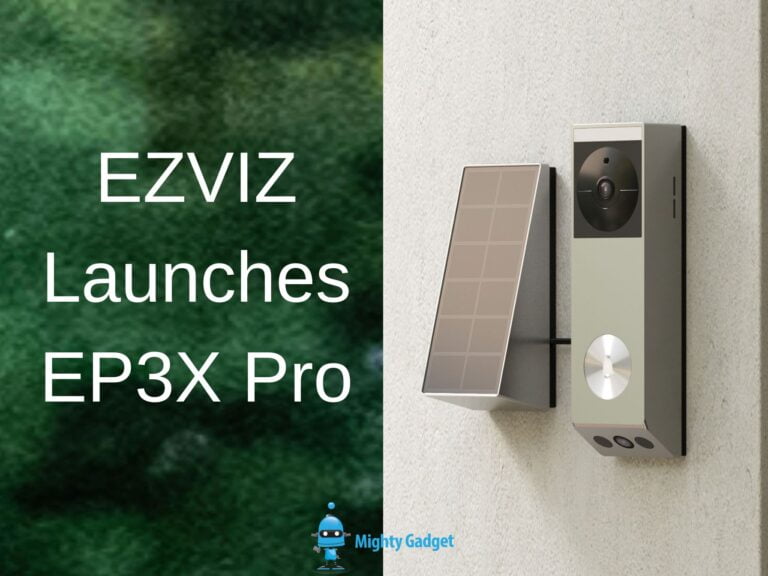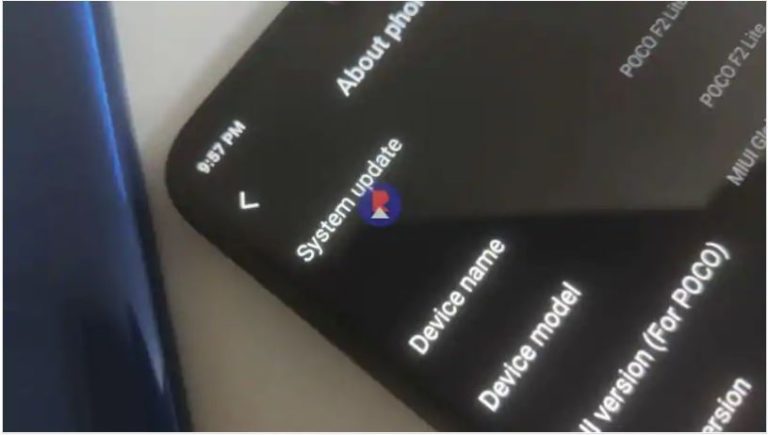Any links to online stores should be assumed to be affiliates. The company or PR agency provides all or most review samples. They have no control over my content, and I provide my honest opinion.
Motorola has focussed on the affordable segment of the market a lot in recent year, but with the growth of Xiaomi and Realme, they have become increasingly irrelevant, not offering a great deal of value for money. It is not so much hey are bad phones, it’s just that other options offer better bang for your buck.
Motorola reinvigorated themselves with the launch of the new Motorola Razr which a beautiful piece of engineering demoing flexible OLED displays, but little more than that, offering poor specs for the price.
Recently, they got back into the flagship game with the launch of the Motorola Edge+ and Edge, both of which look good, but sadly the Edge+ is not coming to the UK for some reason.
Their latest launch, the Motorola One Fusion+, for me, seems to be the phone with the most commercial appeal in recent times and pits itself competitively against both Realme and Xiaomi.
With a launch price of 300-Euros, it is about the same price as the excellent Realme 6 and will likely be similar in pricing to the recently launched Redmi Note 9 Pro which has an official price of £249.
| Preview | Product | Rating | Price | |
|---|---|---|---|---|

| realme 6-8GB+128GB, NFC, 6.5" Ultra smooth display, Sim... | Buy on Amazon |
| Preview | Product | Rating | Price | |
|---|---|---|---|---|

| Xiaomi Redmi Note 9 Pro 6GB/64GB Glacier White (UK VERSION) | Buy on Amazon |
Chipset, RAM, Storage
For the chipset Motorola has opted for last year’s Qualcomm Snapdragon 730, that’s the none G one, which is unusual, and I think it would make it the 2nd phone to use this chipset.
It is a great chipset, but the extra oomph of the G model would have been nice. This should represent a considerable bump in performance compared to the Snapdragon 665 you find in other recent Motorola phones.
They are generous with the RAM and storage for the price, with 6GB Ram and 128GB plus the option to use microSD.
The similarly priced Realme 6 has 8GB and 128GB storage (there is a cheaper 4GB/64GB model), and this uses the MediaTek Helio G90T. This chipset should comfortably outperform the SD730 as it beats the SD730G in many benchmarks, but overall, in day to day usage, they should offer similar performance.
Then the Redmi Note 9 Pro uses the newer Qualcomm Snapdragon 720G which is very similar to the SD730G, so again, it is better but not by a huge margin. The base model starts at 6GB/64GB but there is also a 6GB/128GB matching the Motorola.
Display & Design

All the phones have an IPS display running at roughly 1080 x 2400 pixels.
The Motorola is 6.5 inch and has no notch thanks to a pop-up selfie lens. However, they manage to have the smallest screen to body ratio thanks to a large chin on the bottom then relatively thick bezels around the edges. I kind of like the look, it is a little retro.
The Realme has the same size display, but this runs at 90hz giving you a smoother UI, however, they have a punch hole notch on the upper left of the screen.
The Redmi Note 9 Pro is the largest at 6.67 inches, this runs at the normal 60Hz and also has a punch hole.
Camera

For the rear camera, they are almost identical with fractional differences in the f stop.
The primary lens for all three is identical with: 64 MP, f/1.8, (wide), 1/1.72″, 0.8µm, PDAF
Then they all have an 8MP ultra-wide lens with a 1/4.0″ sensor.
Then they all have a relatively pointless macro and depth lens.
The selfie lens is also almost identical with 16 MP, but the Motorola camera is hidden thanks to the motorized lens.
Battery
The Redmi has the largest with a 5020 mAh battery and 30W charging.
Then Motorola with a 5000 mAh battery but this has the slowest charge of just 15W.
Finally the Realme 6 with 4300mAh but 30W charging the same as the Redmi.
Overall
The Realme and Redmi still offer better value for money when comparing specs on paper, but the Motorola is not far behind at all, and I much prefer the pop-up selfie camera.
If this gets picked up by networks (unlike Realme and Redmi) then this could make a superb mid-range contract phone.
I am James, a UK-based tech enthusiast and the Editor and Owner of Mighty Gadget, which I’ve proudly run since 2007. Passionate about all things technology, my expertise spans from computers and networking to mobile, wearables, and smart home devices.
As a fitness fanatic who loves running and cycling, I also have a keen interest in fitness-related technology, and I take every opportunity to cover this niche on my blog. My diverse interests allow me to bring a unique perspective to tech blogging, merging lifestyle, fitness, and the latest tech trends.
In my academic pursuits, I earned a BSc in Information Systems Design from UCLAN, before advancing my learning with a Master’s Degree in Computing. This advanced study also included Cisco CCNA accreditation, further demonstrating my commitment to understanding and staying ahead of the technology curve.
I’m proud to share that Vuelio has consistently ranked Mighty Gadget as one of the top technology blogs in the UK. With my dedication to technology and drive to share my insights, I aim to continue providing my readers with engaging and informative content.
Last update on 2025-07-06 / Affiliate links / Images from Amazon Product Advertising API

